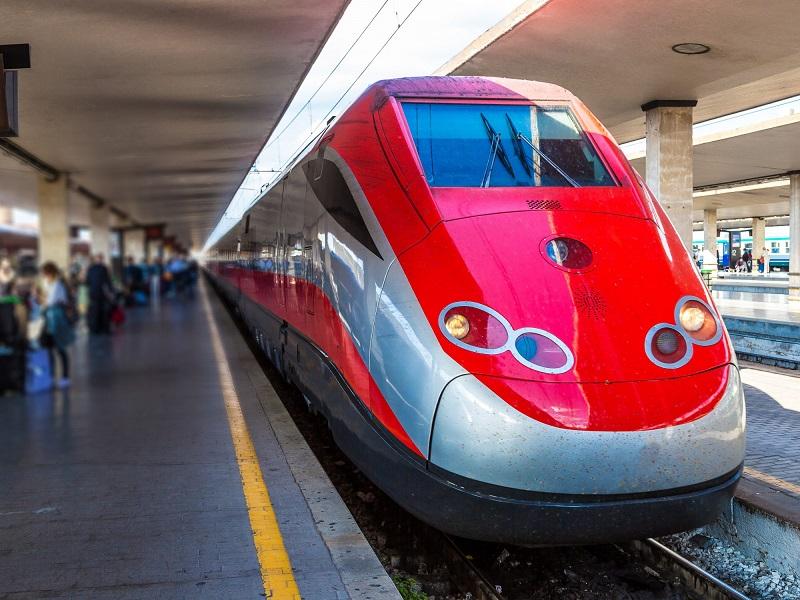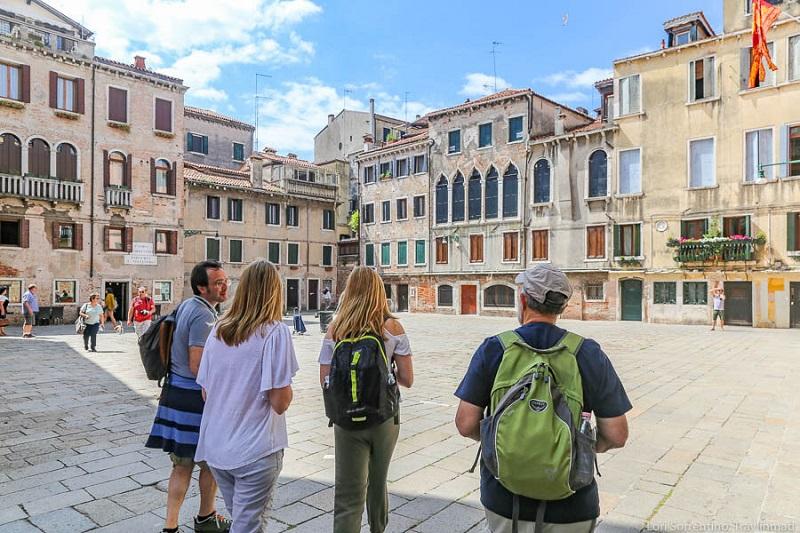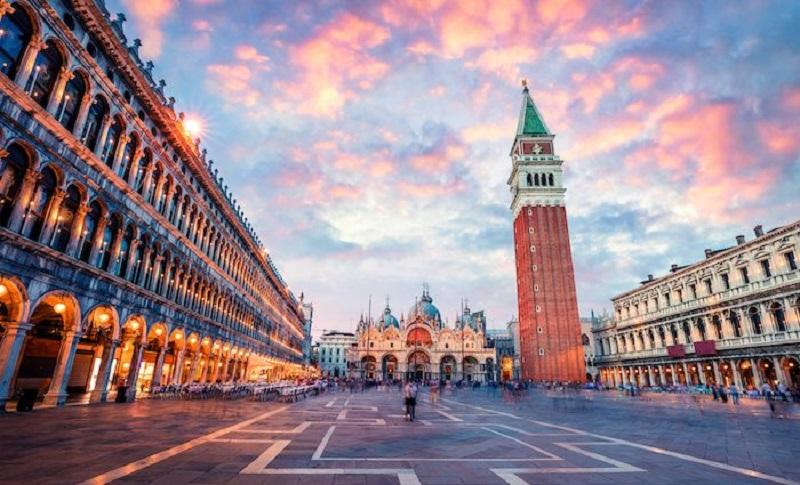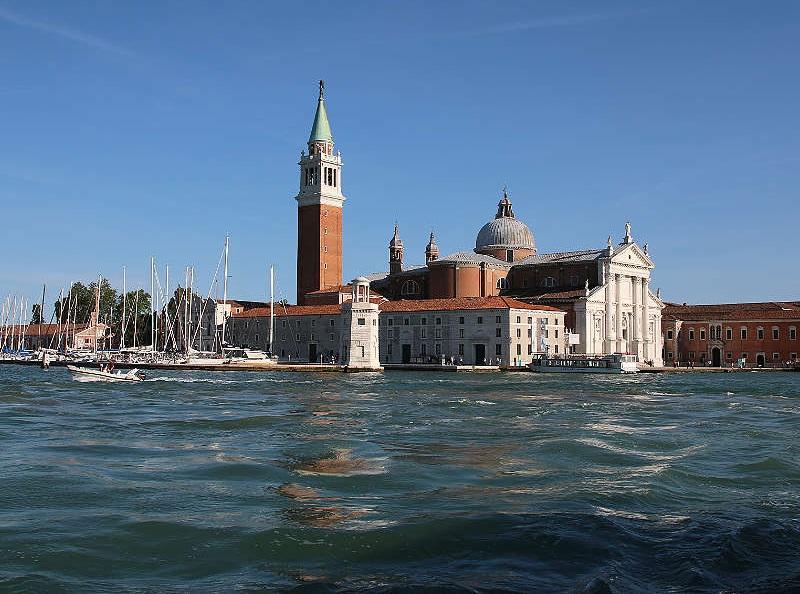Venice, an exceptionally distinctive city in Italy, comprises 100 small islands adorned with breathtaking Renaissance and Gothic architecture, renowned museums, and a remarkable collection of nearly 200 churches. The beauty of Venice lies in the fact that you don’t need to splurge to enjoy its wonders.
Many of the city’s finest attractions, such as strolling along the canals and marveling at the splendid squares and vibrant buildings, come at no cost. With its six distinct districts known as sestere, the City of Canals is effortlessly explorable on foot. Choose your preferred neighborhood and embark on a leisurely walk.
Indulging in the enchanting streets alongside the canals is a delightful and cost-free pastime. Over 150 canals await your exploration, adorned with ancient houses ranging in size from the magnificent Grand Canal, the primary waterway, to the narrow passageways that can only be navigated by small boats. Losing your way amidst the labyrinthine alleys is all part of the beguiling allure of Venice.
To truly savor the experience, find a spot near one of the 400-plus bridges that intersect the canals or venture to the Grand Canal, where you can witness the graceful gondolas, larger vessels, and water buses gracefully navigating the city’s waterways.
How to get to Venice

Venice may appear petite as an island but it is far from a desolate, forsaken place. On the contrary, it flourishes as one of Italy’s premier tourist destinations, offering a multitude of transportation options.
If you are journeying from a distant location, arriving by plane is preferable. From the moment you touch down at Marco Polo Airport, you can sense the ambiance shifting, filled with eager anticipation for the exciting experiences.
Alternatively, you can take a train from Milan, Italy, which provides a direct connection to Venezia Santa Lucia Railway Station. This mode of travel offers greater comfort and cost-effectiveness, particularly for travelers who wish to explore more regions of Italy beyond Venice.
Navigating Venice by car can prove challenging since it is primarily a city of canals, limiting the reach of automobiles. Consequently, all vehicles and motorized transportation must cease at the Piazzale Roma bus terminal in the northwestern part of Venice Island. Therefore, it is advisable to make arrangements in advance, such as booking a private water taxi, opting for a shared water taxi, or selecting the popular choice among locals—the water bus, also known as the Vaporetto.
Best time to visit Venice
Venice should not be considered a budget-friendly travel destination when it comes to accommodation. However, if you plan to visit on a limited budget, the ideal time is between September and November. During this period, you can enjoy excellent hotel rates, and the tourist attractions will not be overly crowded. On the other hand, if you aim to experience the liveliest and busiest months in tourist activity, then April, May, June, and the beginning of September are the optimal choices.
During these months, the weather is warm and pleasant, without reaching unbearable levels that might interrupt your enjoyment of the sunny days. It’s worth noting that August is the least favorable time to visit, as it becomes sweltering, prompting some Venetians to opt for month-long vacations elsewhere.
Free things to do in Venice
Venice offers a diverse range of attractions catering to various interests, from delightful canal sightseeing and culinary experiences on the iconic Rialto Bridge to marveling at its gothic churches’ exquisite architecture steeped in a rich history. To fully immerse oneself in the wonders of Venice, it is recommended to allocate at least three days.
Keep in mind that Venice can be pretty expensive, and most activities may strain the budget of a typical tourist. However, fear not, for numerous breathtaking attractions can be explored and enjoyed without spending a penny, provided you know where to look. This article aims to compile a list of the top seven experiences in Venice that come with no cost whatsoever.
Venice Free walking tour

Exploring Venice alone can easily lead to getting lost amidst the bustling crowd. However, to ensure an enriching experience for tourists, Venice provides numerous tour guides who offer free walking tours of this enchanting city.
The beauty of this arrangement lies in the fact that each guide designs their unique itinerary, allowing you, as a tourist, to witness the finest and most authentic aspects that genuinely capture the essence of living in Venice.
These guided tours also present an excellent opportunity to deepen your understanding of the city’s history and culture. With their passionate storytelling, the guides delve into each attraction, enabling you to absorb a wealth of knowledge that goes far beyond what can be obtained from any website. It’s a perfect chance to gain valuable insights and truly immerse yourself in the captivating heritage of Venice.
Visit St. Mark’s Basilica
The magnificent St. Mark’s Basilica, officially known as the Patriarchal Cathedral Basilica of Saint Mark, holds the title of Italy’s most renowned church. Its exquisite beauty is enhanced by glistening golden mosaics and an intricately adorned roofline featuring Gothic designs that trace their origins back to the early Church of the Holy Apostles in Constantinople.
Revered as “The Church of Gold,” this extraordinary place is a repository of countless priceless relics safeguarded since the Crusades in 1204. The church opens its doors to the public every Monday to Sunday, granting access from 9:30 am to 5:00 pm. However, a nominal fee may be required to explore the museum within, except on the first Sunday of each month when visitors are welcomed free of charge.
Visit Piazza San Marco

The Piazza San Marco, an ancient and renowned square, offers a captivating view of the city’s landmarks. Embraced by the Grand Canale, one of Venice’s extensive waterways, this square presents the awe-inspiring Rialto Bridge. Renowned for hosting Venice’s liveliest fresh food market, the Rialto Bridge entices locals and tourists with its abundance of freshly caught fish and vibrant vegetables.
Adjacent to the square stands a towering structure, reaching a height of 99 meters, which once served as a lighthouse and watchtower in past centuries. Ascending to its pinnacle, one is overwhelmed by the breathtaking beauty of Venice seen from a high vantage point, leaving them breathless in awe.
Visit the Jewish Ghetto
The contemporary definition of the term ‘ghetto’ originates from the Jewish Ghetto, an area in Venice where the government compelled Jews to reside more than 500 years ago. While the Jewish population in Venice has significantly declined today, the Ghetto continues to thrive in the present time.
Divided into three sections – the Old Ghetto, the new Ghetto, and the Ghetto novissimo – it is currently home to over 7000 Jews. As you stroll along the narrow streets and explore the synagogues, you can sense the history rising to the surface, narrating a tale of culture and remembrance handed down from generation to generation.
Visit the San Giorgio Maggiore

The San Giorgio church, designed by the renowned architect Andrea Palladio during the 16th century, showcases the exquisite beauty of the Renaissance style. This architectural gem is one of Italy’s most fascinating landmarks, attracting countless photographers and artists seeking to capture its essence.
The church’s exterior boasts classical marble elements that shimmer and mirror the serene blue waters enveloping it, enhancing its irresistible charm. Stepping inside, visitors are greeted by a breathtaking sight: soaring ceilings, grand altars, and a remarkable collection of invaluable artworks.
Among these treasures are iconic masterpieces such as Tintoretto’s “The Last Supper” and “The Coronation of the Virgin with Saints,” along with numerous other remarkable paintings by accomplished artists like Sebastiano Ricci, Jacopo Bassano’s “Madonna or the Adoration,” and many more. The interior of the San Giorgio church leaves spectators in awe, as its magnificent ambiance immerses them in a world of artistic splendor.



